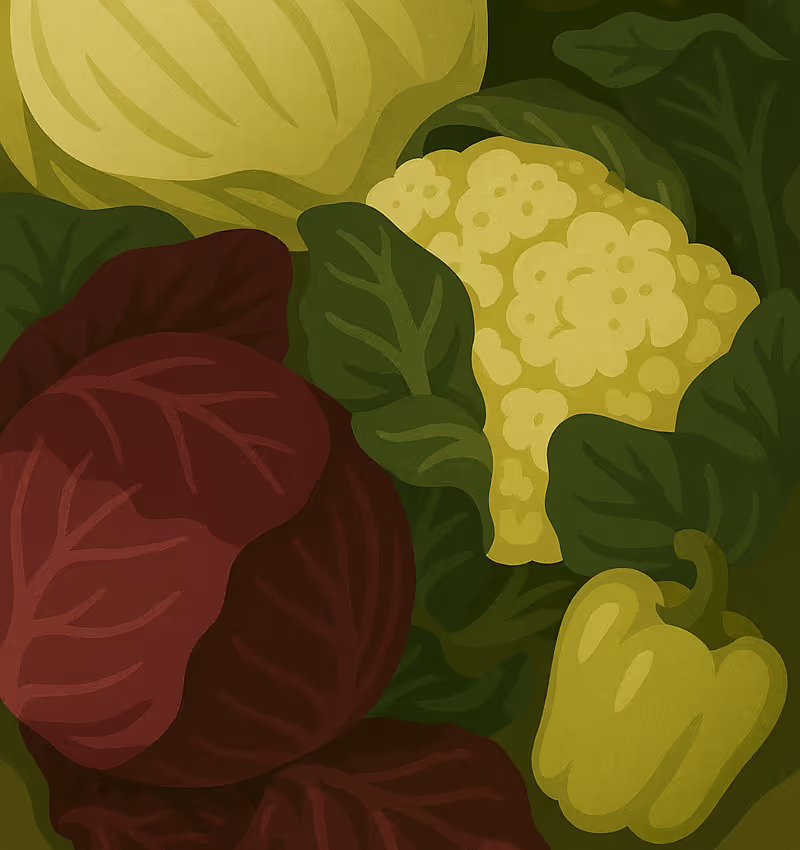Preparation and Organisation
A Vegetable Exhibition (and/ or other forms of biodiversity produce exhibition) should be more than a market, it is an opportunity to celebration of food, sustainability, and community resilience. To create an event that lingers in people’s memories, consider these strategies:
- Design the Layout so if reflects a Diverse Farm: Instead of a typical row of stalls, create pathways that mimic farm landscapes — clusters of vegetable stands interspersed with tasting corners, educational pop-ups, and hands-on activities.
- Have a Workshop and Discussion Space: Set up an open discussion area where visitors can hear growers talk about their experiences, exchange tips on pest control, or share traditional planting methods passed down through generations. Producers might want to talk about the challenges they face as a result of the loss of agrobiodiversity and knowledge, the issues around changing climatic conditions, or the loss of knowledge on certain growing techniques.
- Interactive Activities: Introduce an unexpected pop-up, perhaps a space where visitors can try rare heirloom varieties or test their knowledge in a blindfolded taste test.
- Define the purpose of the exhibition (e.g., promoting biodiversity, supporting small-scale farmers, raising awareness of heritage varieties). Decide on a theme or key message that will help focus the displays, talks, and activities.
In this video Borbála Lipka offers tips for hosting a Vegetable Exhibition:
Hosting an Event
The event should feel welcoming and provide opportunities for everyone to participate. Here are some suggestions for achieving this.
- Make it Engaging: Create a game where visitors collect stamps from some stalls by engaging in challenges, whether it is identifying vegetables blindfolded or participating in a composting workshop.
- Recipe Challenges: Invite chefs or a community kitchen to prepare dishes using featured vegetables. If it is difficult to have a food cooking station, consider a dish which does not require cooking – for example making a salad would only require a washing and chopping station.
- Collaborative Art Installation: Have a large canvas where visitors can paint or write messages about what food means to them, building a collective artwork by the end of the event.
- Interactive Activities: Alongside vegetable displays, incorporating games like 'Biodiversity JENGA®' or 'Who Am I?' could make learning about agrobiodiversity more engaging. The 'Who Am I?' game could feature different vegetable varieties where participants guess their identity based on yes, no, questions.
- Storytelling and Cultural Connections: Showcasing personal stories from growers and chefs about specific vegetable varieties could deepen attendees’ appreciation for agrobiodiversity. The event could be used as an opportunity to run the Vegetable Storytelling Workshop.
Creating a Welcoming Inclusive Space and Encouraging participation
- Bring the Exhibition to the Community – Host pop-up vegetable displays in busy public spaces, such as markets, schools, places of worship, or community centres. Partner with an existing event, for example a country fair, fete, or a local festival.
- Use Local Ambassadors – Partner with trusted community leaders, youth groups, or faith-based organisations to encourage attendance.
- Make It a Social Event – Incorporate music, storytelling, and performances that reflect community interests
- Make sure it is accessible for all, have children's activities, or a kid's corner.
- Highlight Economic and Practical Benefits – Focus on how growing, buying, and cooking with diverse vegetables can be cost-effective and practical, linking environmental actions with practical actions, and demonstrating affordable, delicious ways to use fresh produce.
- Translate Invitations and Event Materials – Ensure accessibility by offering multi-language flyers, social media posts, and signage, making sure all attendees feel included.
- Frame the Exhibition as a Cultural Food Celebration – Showcase traditional and global food stories, heritage vegetables, and family recipes.
In this video Borbála Lipka explains how a Vegetable Exhibition offers a chance for exhibitors and visitors to discover agrobiodiversity:
On the Day
1. Coordination
- Assign clear roles to a core organising team to avoid last-minute confusion.
- Ensure facilities such as tables, display stands, and shade (for outdoor events if using) are available.
- Plan for electricity, water access, and waste disposal to minimise environmental impact.
- Do a walkthrough of the venue to check signage, tables, and facilities.
- Have a welcome station where attendees can ask questions, get schedules, and learn about exhibitors.
- Create QR codes with more information, links to websites etc.,
- Assign a few team members as roaming support, to assist exhibitors and visitors throughout the day.
2. Clear Guidelines for Exhibitors
- Provide participants with clear instructions on how to prepare their displays –e.g. if there is a consistent idea you would like across the stands, or food safety guidance on offering tastings (and allergen information).
- Ensure signage is clear so visitors can understand what they are looking at and why it matters. Ensure any descriptions are not overly ‘wordy’ and are easy to understand.
- Have a clear event schedule and ensure all exhibitors and speakers know their time slots.
- Have a backup plan in case of unexpected issues, such as bad weather where it is hosted as an outdoor event.
3. Sustainable Event Management
- Minimise waste by using reusable materials for displays and packaging.
- Encourage exhibitors to use compostable or recyclable materials.
- Use QR codes, rather than lots of printed information
In this video Borbála Lipka possible adaptions to hosting the Vegetable Exhibition:






















